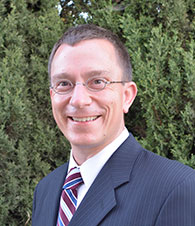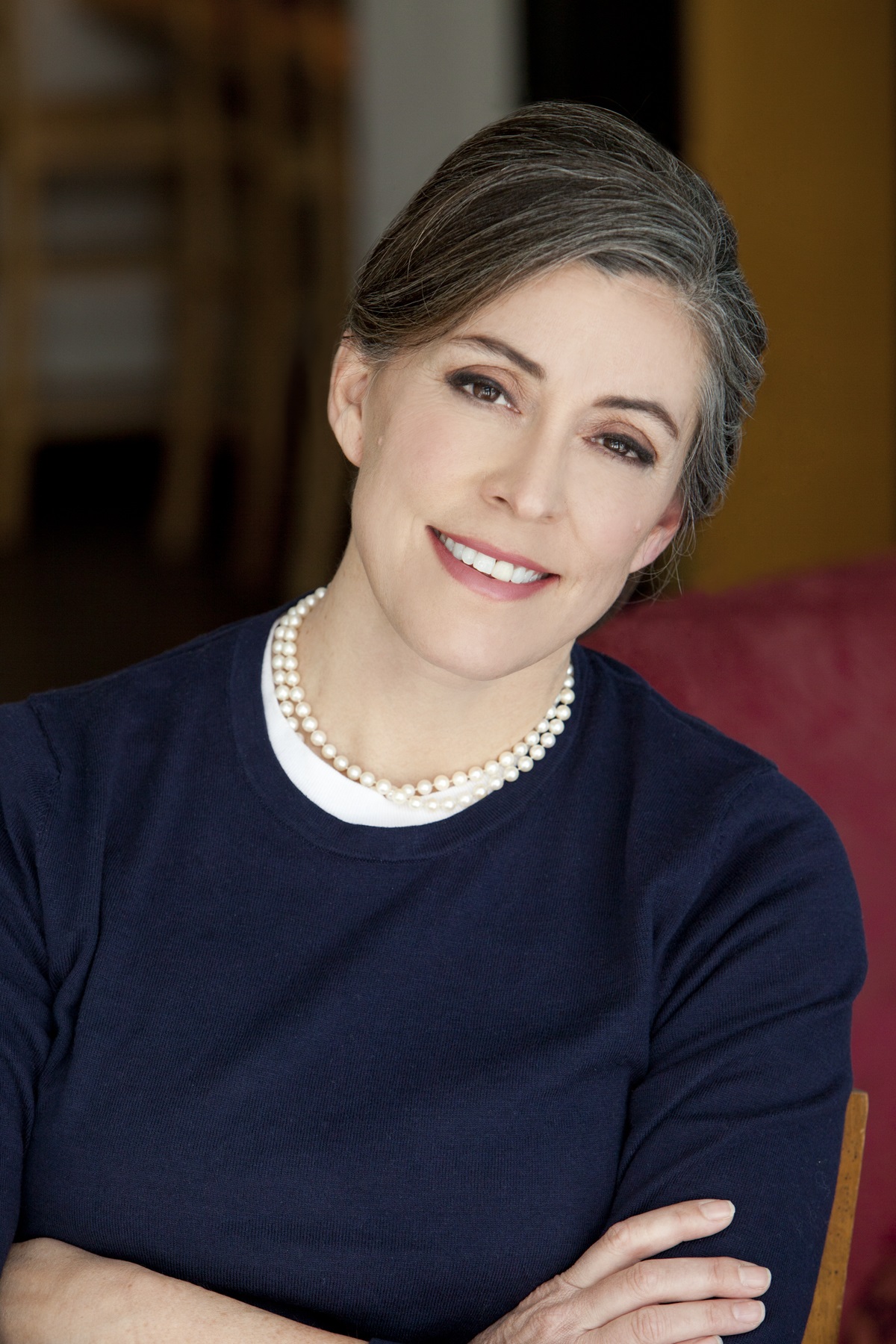Yearly Archives: 2019
Dec 23, 2019 JotwellJotwell
Jotwell will be taking a short Winter break. Jotting should resume on Monday, Jan 7, 2020.
Happy Holidays! Thank you for reading, and for your support.
Jotwell carries no advertising, so we would very much appreciate if you could make a small holiday donation. The University of Miami School of Law is Jotwell’s host and main supporter, but having tangible signs that our readers value us is important. Even a few dollars can matter a great deal.
Thanks!
Dec 20, 2019 Scott CummingsLegal Profession
The conventional wisdom has long been that law school, especially at the elite level, is a hostile place for students aspiring to pursue public interest careers—those whose professional goal is to serve a larger social cause, not just individual clients. The concept of public interest “drift,” coined by Robert Granfield in his seminal study of Harvard Law School students in the early 1990s, held that students who started on the public interest path dropped off in substantial numbers due to a range of law school factors. Key among them was the ideological transformation that occurred during the 1L year: when students were subtly taught to abandon their moral commitments in favor of a hired-gun professional ethos. Duncan Kennedy’s classic polemic, Legal Education and the Reproduction of Hierarchy, provided a nonempirical vision of this same phenomenon, identifying the pedagogical mechanisms through which 1Ls were asked to submit to a “double surrender” to the infantilizing 1L classroom experience of deference to the professor and to a more profound nihilism: that there is no right or wrong, only arguments to be made.
In a powerful new empirical analysis, From Idealists to Hired Guns? An Empirical Analysis of “Public Interest Drift” in Law School, John Bliss upends this conventional wisdom by showing how 1L public interest identity is more ill-defined and pliable than often thought and by placing more emphasis on the 2L hiring cycle than the 1L classroom experience as the crucible of assimilation. Methodologically, Bliss selects a different empirical design than previous “drift” research. Instead of using surveys to assess attitudinal change, he followed over 50 elite law school students during the first two years of law school: using interviews, ethnographic observations, and identity mapping (a technique in which he asked students to graphically depict the centrality of different identities to their sense of professional self). (P. 1990.) In addition to deploying a different methodology, Bliss also looked at the law school timeline through a different lens, assessing attitudinal change during the first two years of law school and focusing particular attention on the 2L summer hiring process. Four facets of his analysis stand out. Continue reading "How Does Law School Matter in the Pursuit of Public Interest Careers?"
Dec 19, 2019 Anthony SebokTorts
Ori J. Herstein, Nobody’s Perfect: Moral Responsibility in Negligence, Canadian Journal of Law & Jurisprudence, Vol. XXXII, No.1 (Feb. 2019), Pp. 109-125.
The sad story of Menlove, the defendant in the English case Vaughn v. Menlove is well known to all first-year torts students. Menlove was born, according to his lawyer, with the “misfortune of not possessing the highest order of intelligence,” and, as a result did something quite imprudent with flammable material that no person of average or typical intelligence (or judgment) would have done, resulting in a fire that damaged the plaintiff, his neighbor.
Menlove’s defense on appeal was that he had acted “to the best of his judgment,” and it was unfair to call him a wrongdoer, given that he had acted prudently, given the cognitive and behavioral handicaps under which he operated. Of course, his defense was rejected and, as Holmes said memorably in The Common Law, while “the courts of Heaven” might forgive Menlove, the common law courts would not, since “his neighbors . . . require him . . . to come up to their standard,” not his. This is what is now known as the reasonable person standard, which holds that negligence in the law is measured against an objective standard of care under the relevant circumstances. Continue reading "I Pity The Fool: Ori Herstein’s Defense of the Klutz"
Dec 18, 2019 Donald KochanProperty
Bart J. Wilson,
The Meaning of Property in Things in
The Property Species: Mine, Yours, and the Human Mind (forthcoming 2020), available at
SSRN.
What is the meaning of “property”? If you think there cannot be a fresh and intriguing perspective yet to offer on that question, you’ll be pleased and surprised to read the new work by Professor Bart Wilson.
In the opening chapter for his forthcoming book, The Property Species: Mine, Yours, and the Human Mind, Dr. Wilson challenges scholars of all disciplines to reconsider their prior assumptions about the origins of property and its meaning. In doing so, he announces in the chapter’s opening line the claim he sets out to defend in the book: “Property is a universal and uniquely human custom.” (P. 1.) Continue reading "The Universal and Uniquely Human Custom (Not Right) of Property"
Dec 17, 2019 Katheleen GuzmanTrusts & Estates
Intents and acts are different things. Intent without act rings hollow or benign, and acts without intent can be perplexing or seem cavalier. But add one to the other—animate the intent through act, i.e. externalize what lives in the mind of one into the world of all—and powerful legalities result. Accidents turn into assaults; manslaughter into murder. Such casual communications as drafts or unsent texts could even become a last will and testament, accepted into probate as dispositive acts. This last context frames the inquiry that Professor David Horton explores with mastery in Wills Without Signatures.
It might seem that the unsigned will is too narrow an issue to warrant consideration. “No such thing,” one might say. “No signature, no intent; no intent, no will.” But with both precision and sweep, Professor Horton deconstructs that claim to build all sorts of bridges between small views and big pictures and much in between. The task is neither light nor insignificant. Old rules die hard. But with the continued relaxation of formalism and formalities, the constant expansion of technology, and the increasingly casual and tech-dependent ways in which people behave, unsigned (at least in the traditional sense) documents might indeed reflect the genuine last wishes of their makers. If so, and if “testamentary freedom” deserves the veneration that law and society claim for it, what can or must be extrapolated about intent/signature interplays demands analytic care. Continue reading "Fits, Starts, and Finishes"
Dec 16, 2019 Charlene D. LukeTax Law
Christine Hurt’s Partnership Lost uses the developmental history and law of corporations and “uncorporations” to examine whether a principled justification exists for the differing tax regimes for subchapter C corporations as compared to subchapter K partnerships. As her Milton-evoking title suggests, Hurt describes an early, prelapsarian partnership state, dating to the creation of the income tax. The early partnership form did not spare its owners from personal liability, did not grant them dominion over an entity with perpetual life, did not provide them with the ability to transfer ownership freely, did not permit them to rely passively on the managerial efforts of others, and did not allow them to circumvent fiduciary obligations to each other and to the partnership.
Hurt describes the modern “hybrid” partnership in comparison to this early partnership model. She sets out the developments in the uniform acts and state laws, particularly those of Delaware, that have since allowed partnership hybrids to acquire desirable corporate characteristics, such as limited liability, passive investors, and centralized management, while remaining partnerships for tax purposes. The hybrid partnership, as an “uncorporation,” can avoid certain governance and other requirements. “The backstops against managerial opportunities” applicable to corporations often do not apply. The result is that “[t]he hybrid entity is more corporation-like than the corporation.” Continue reading "Time to Banish Partnership Hybrids from Partnership Taxation?"
Dec 13, 2019 Anne Marie LofasoWork Law
Richard Blum, Labor Picketing, The Right To Protest, and the Neoliberal First Amendment, 42 N.Y.U. Rev. L. & Soc. Change 595 (2019).
In his article, Labor Picketing, The Right To Protest, and the Neoliberal First Amendment, Professor Blum argues that labor picketing, which has received diminished protection when viewed from the statutory lens of Section 8(b)(4) of the National Labor Relations Act, would receive greater protection if viewed primarily through a constitutional lens. Blum upfront acknowledges that many scholars—notably Cynthia Estlund, Catherine Fisk, Charlotte Garden, Michael Harper, James Gray Pope, and Mark Schneider—as well as several practitioners have made similar arguments. (P. 600, n. 14.) However, he brings a fresh approach to this important legal agenda by framing the problem not only as a legal challenge but also from the union lawyers’ perspective, which he obtained through surveys and interviews. (Pp. 611–16.)
As a legal matter, Blum correctly notes that the halcyon days of labor picketing protection passed nearly eighty years ago when the Supreme Court, in Thornhill v. Alabama, held that the state’s power to regulate labor picketing was limited by the First Amendment’s free speech clause. But what the Justices giveth, the Justices may taketh away. Thus, labor picketing could lose its constitutional protection: (1) if accompanied by violence, Milk Wagon Drivers Union of Chicago, Local 753 v. Meadowmoor Dairies, Inc.; (2) if the speech targeted a neutral party, Carpenters and Joiners Union of Am., Local No. 213 v. Ritter’s Cafe; or (3) if the picketing had unlawful objectives, Giboney v. Empire Storage & Ice Co. During this time, the Court also began to view labor picketing as inherently involving conduct as well as speech, and therefore subject to greater state regulation for that reason too. Indeed, by the time the Supreme Court penned Int’l Bhd of Teamsters, Local 695 v. Vogt, the transformation of labor picketing to activity benefitting from less than full constitutional protection was nearly complete. Continue reading "What’s Good for the Goose is Good for the Gander, Or Is It? The Pitfalls of Using The Court’s Neoliberal Construction of the First Amendment To Protect Secondary Picketing"
Dec 12, 2019 Andres GuadamuzTechnology Law
Kevin Werbach, The Blockchain and the New Architecture of Trust (2018).
The distributed ledger technology known as the blockchain has continued to gather interest in legal academia. With a growing number of books and academic papers exploring almost every aspect of the subject, it is always good to have a comprehensive book that not only covers the basics, but also provides new insights. Kevin Werbach’s The Blockchain and the New Architecture of Trust provides an in-depth yet easy-to-comprehend analysis of the most important aspects of blockchain technology. It also manages to convey astute analysis and some needed and sobering skepticism about the subject.
Werbach describes the characteristics of blockchains, providing a thorough and easy-to-understand introduction to key concepts and the reasons why the technology is thought to be a viable solution for various problems. A blockchain is a cryptographic distributed ledger that appends information in a supposedly immutable manner. An open record of all transactions is made public, which then communicates a “shared truth”, that is a single proof that everyone trusts because it has been independently verified by a majority of the participants in the network. This technology is thought to be a solution for problems such as the lack of reliability in accounting records, and for double spending, where the same amount of currency is used in two different transactions. While the first half of the work is likely to be the most useful for those who are not familiar with the underlying technical concepts, the book really makes its best contributions in its later chapters, where the author begins to criticize various aspects of the technology. Continue reading "Trust, Decentralization, and the Blockchain"
Dec 11, 2019 James E. PfanderCourts Law
Mila Sohoni,
The Lost History of the “Universal” Injunction, 133
Harv. L. Rev. __ (forthcoming 2020), available at
SSRN.
National and universal injunctions have been in the news. In the wake of an outpouring of scholarly interest in decrees that offer non-party protections, especially in litigation with the federal government, the Supreme Court has taken notice. Invoking Sam Bray’s view of the national injunction as “unthinkable” by standards of “traditional equity,” Justice Clarence Thomas argued in a concurring opinion in Trump v. Hawaii that such injunctions “appear to be inconsistent with longstanding limits on equitable relief and the power of Article III courts.” The Trump Department of Justice has issued guidance to its civil litigators, encouraging them to contest the proposed issuance of universal decrees. And members of Congress have considered legislative fixes that would narrow federal equity power.
Many fixes have been proposed and some will no doubt be adopted, particularly as federal courts grow more cautious about issuing such decrees. But as Mila Sohoni argues in The Lost History of the “Universal” Injunction, it may not make sense to frame any restrictions as constitutional limits on the remedial authority of federal courts. Adjusting the exercise of equitable discretion is one thing; curtailing equitable authority on constitutional grounds is quite another. Continue reading "Due Process and National Injunctions"
Dec 10, 2019 Jill FamilyLexImmigration
Immigration lawyers search for ways to squeeze fairness out of a system that bristles at the concept. Professor Marouf’s article, Invoking Common Law Defenses in Immigration Cases, is a wonderful contribution to this immigration law tradition of creatively searching for fairness in the system. The harshness of immigration law creates the need for Professor Marouf’s contribution. The value of her contribution stems not only from her creative approach, but because her efforts serve as a reminder that immigration law desperately needs reform to become fair.
Professor Marouf is driven to explore the applicability of common law defenses in immigration cases precisely because immigration law is not fair. If consequences were proportional, if more robust relief from removal were available, or if the grounds of removal were not so broad, there would be less of a need for creative approaches such as Professor Marouf’s. As Professor Marouf states in her article, “all possible defenses must be explored.” Continue reading "Creatively Searching for Fairness"














